Well, it finally happened. It’s out.
Jonk, Inc was in open beta for a 2 week period. In the 2 weeks I fixed many bugs and made several key enhancements to make a cohesive product. I ended up just doing the final testing on the release candidate on my own as the fixes were tactical and I used a high speed integration test to simulate the game running for several hours.
Performance
I spent a lot of time on performance. I am using Unity’s new Universal Render Pipeline for Jonk. It’s mostly all stock but I stripped as many shaders as I could. I setup 3 quality tiers (potato, low and medium). The game starts up in Potato, but steps up quality up to medium when FPS averages 60. This is the easiest way to implement something that can run on almost any device produced in the last 5 years (more on that later).
Rendering all the car’s ended up being the heaviest lift BY FAR. I was worried pathfinding or ai would be the bottleneck. All the game code ended up being a tiny blip in comparison to the heavy task of pushing all the cars onto the display and making them look nice. By “Nice” I mean just stock environment and specular lighting from a single light. Any sort of shadows also cause a big impact on performance. There’s upwards of 100 vehicles rendered on the screen at once in the 2nd Stage. Reducing number of parts and transparent materials was the biggest contributor to performance. I got the biggest gain after welding all the customer cars up as one solid mesh. The junk cars were the opposite. Breaking up the junk cars into more objects actually helped as more parts are removed the rendering speeds up. An average player won’t ever have an entire yard full of cars with all visible parts so this ended up cutting down rendering a lot.
I used a 10” Lenovo M10 Plus running Android 9.0 as the control as it ran the game like absolute shit (5-10fps) in the Open Beta version. After halving the triangle counts on the cars and consolidating the materials I got it running 30fps in Potato mode in worst case and 40-50 fps in typical scenarios.
A little rant…during this time was when I woke up and realized just how literal TRASH all android devices are compared to apple devices when it comes to mobile gaming. My iPad ran the Open Beta version 60fps without a hitch. My iPhone 6s was the same story. A 6 year old iPhone still runs circles around most Android devices made in the last 2-3 years. I put a lot of time in to get Jonk PLAYABLE on a min spec Android. I wanted to do this anyways because I think it helps greatly with battery life, but still. Really? Yes.
Customers
I spent some time improving the customers. I’ve been using one customer model for a while because of performance reasons. Customers needed some variety after I fixed the shader performance issues on the customer models.
Introducing “the kid”, “the steve jobs unit” and “gamer girl”.
Outlines
Selected objects were becoming an obvious problem. There was no indication as to what was selected and not having anything to catch a players eye as to where they were was a glaring issue. I experimented with several outline shaders. I didn’t even realize just how in depth this effect can get. Highlight Plus by Kronnect is the best one by far at least when using URP. Don’t even waste your time with anything else.
Release
I finally ran out of stuff that was “needed” for a release. I had the Release Candidate finally. It took literally 30 minutes to get it on the store with Google Play. Wow, that was easy.
Apple tho? Naaaah. Figures. I forgot to add the iOS 14.5 tracking request permission prompt. This was literally just rolling out and being enforced as I was preparing for Open Beta and was oblivious to almost everything happening in the world in general. I spent in total another week getting rejected several times. After being carded and full cavity search…Tim Cook finally allowed me to enter the utopia they call the “Apple App Store”. Thank you Tim Cook, you’re a beautiful man. I am here to serve and bow at your feet.
Marketing
I always knew this was coming. I am literally a nobody dev in a shed makin Jonk. Although I am Hurricane Outbreak famous; it’s still a fly on an elephant in terms of having any sort of influence. I don’t really have an audience from a crack pipe hurricane game.
Luckily I am not completely poor (yet). I have enough to do some marketing with ads. I spent a day making my first video ad and literally just last night I created the biggest ad campaign I was ever even remotely involved in, lol. I am using Facebook ads to start. The ad is working pretty well so far. I have had a bunch of IAP sales and the ad revenue is looking good. I am looking at other options as well. This week is kind of a true test to see if I can swim with the sharks. I am one person. We’ll see.



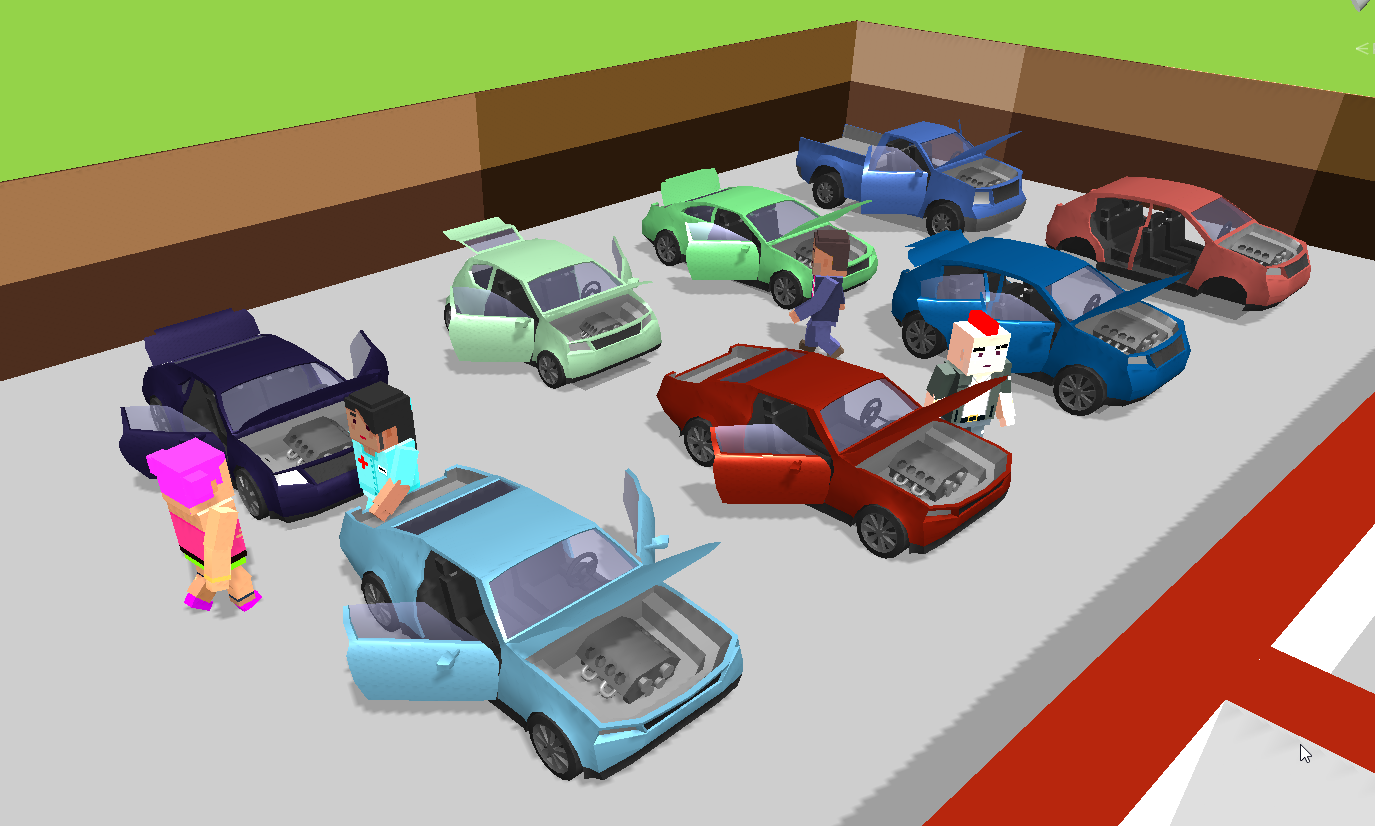





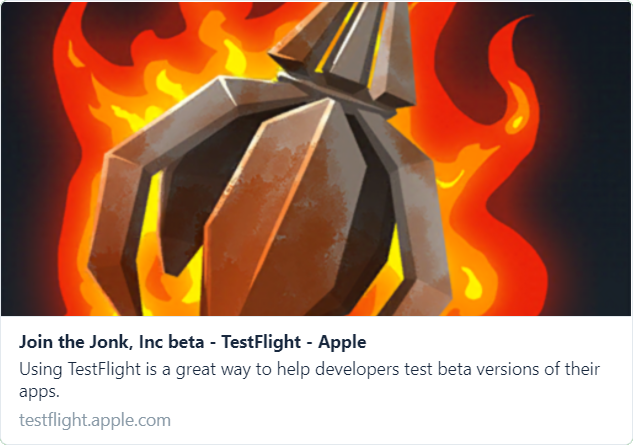
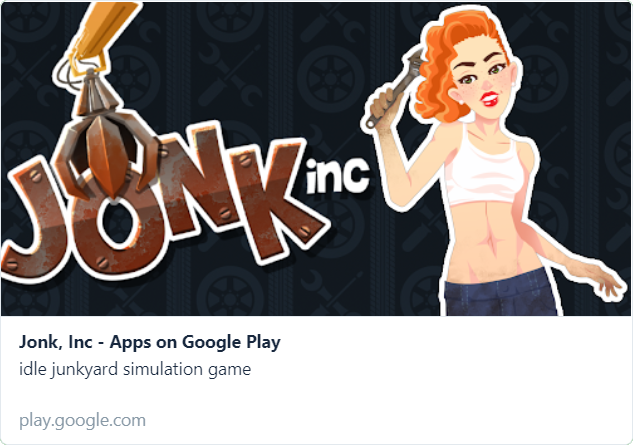














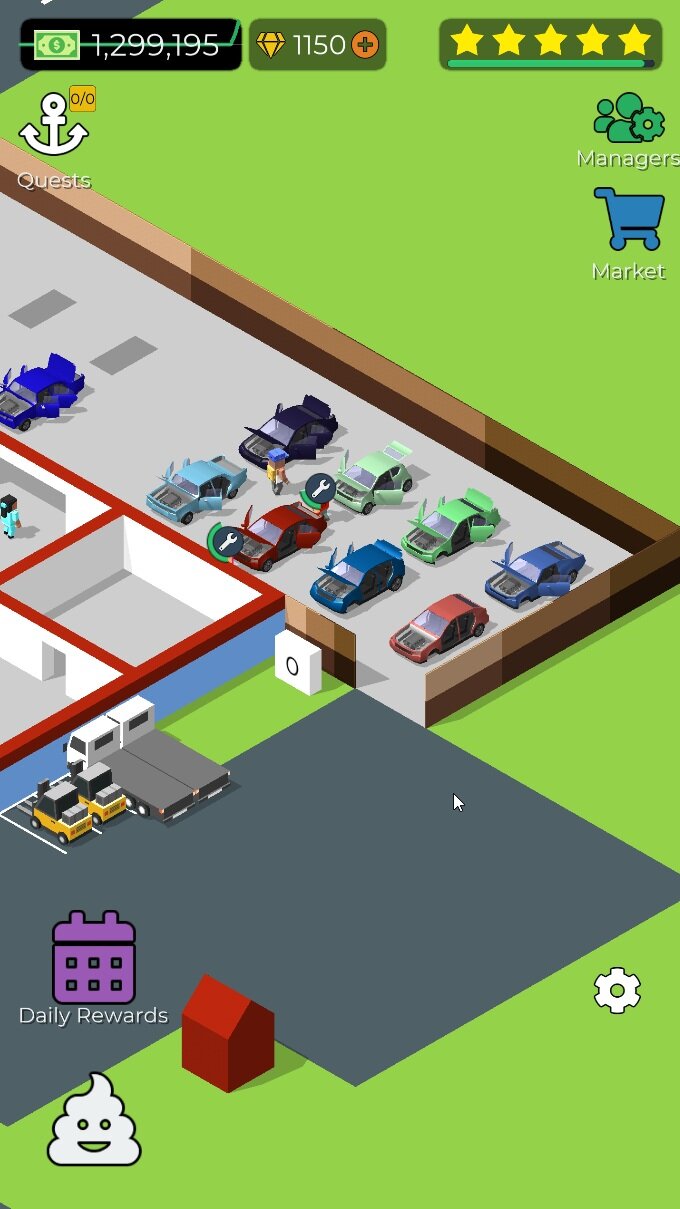
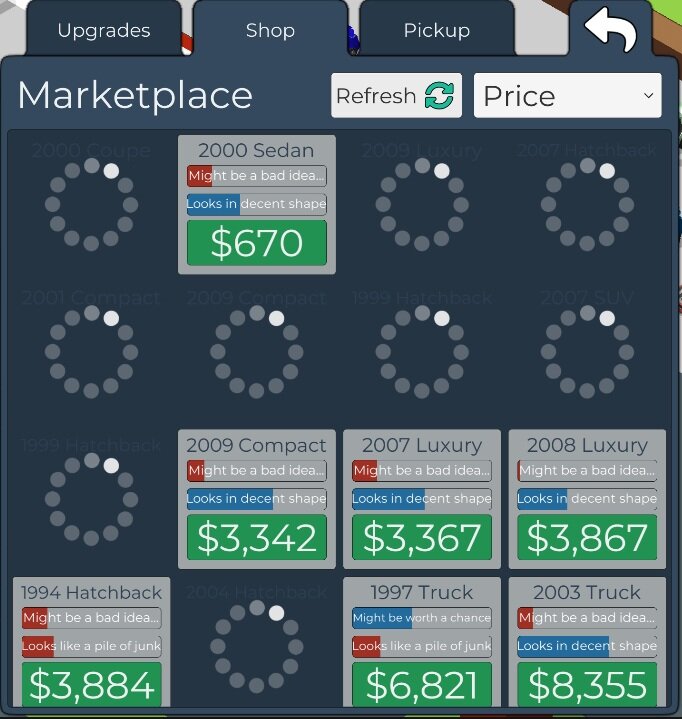







![IMG_20210308_083711[1].jpg](https://images.squarespace-cdn.com/content/v1/5abac53770e80264efac168d/1615210676428-Y8DP5MS9K7O3BGDYVVMR/IMG_20210308_083711%5B1%5D.jpg)



